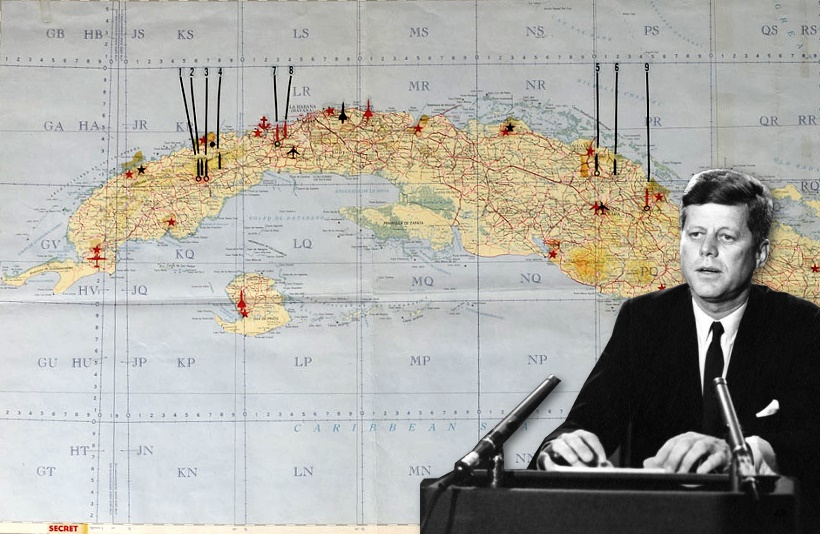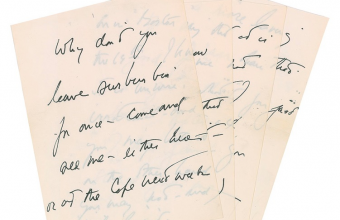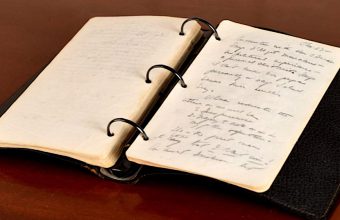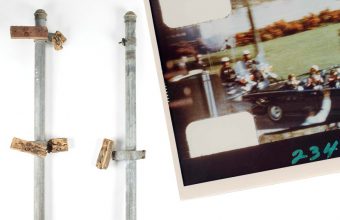A map of Cuba used by President John F. Kennedy during the Cuban Missile Crisis has smashed expectations at RR Auction in Boston.
The map had been described as “a truly remarkable, museum-quality Kennedy piece”, and crossed the block on April 11 with a pre-sale estimate of approximately $20,000 – but soared to a final price of $138,800 (including buyer’s premium).
The map was a significant artifact from one of the most incendiary periods of 20th century history.
Following the failed Bay of Pigs invasion in July 1961, during which C.I.A-trained exiles attempted to overthrow him, Cuban leader Fidel Castro was desperate to protect his Communist regime.
In a secret deal he agreed to allow the Soviet Union to install fighter jets, missiles and nuclear storage sites across the island, believing this would prevent the U.S from another attempted invasion.
In October 1962 the U.S discovery of this military build-up, just 100 miles off the mainland, sparked a two-week international crisis in which the world was pushed to the very brink of all-out nuclear war.
On October 22 President Kennedy gave a television speech to the nation in which he stated:
“It shall be the policy of this nation to regard any nuclear missile launched from Cuba against any nation in the Western Hemisphere as an attack by the Soviet Union on the United States, requiring a full retaliatory response upon the Soviet Union.”
Throughout the crisis Kennedy consulted this top secret map of Cuba, which featured stickers marking the location of every Soviet plane, boat, missile and nuclear storage site – all of which were considered targets in the case on an invasion.

In retaliation, U.S destroyers dropped depth charges on a Soviet submarine, which was under orders to launch a nuclear missile at the U.S mainland if it was attacked.
However, this launch required the agreement of all three officers on board, and one – Vasili Arkhipov – refused, preventing the outbreak of nuclear war and the death of millions of people by a matter of minutes.
The following day, after intense negotiations, Kennedy and the Soviet premier Nikita Khrushchev agreed to pull back from the hostilities. In return for the removal of all Soviet military installations in Cuba, Kennedy agreed never to invade the island, and to remove U.S missiles from Turkey.
The map was offered alongside a letter of provenance from the consignor, who originally acquired it from Kennedy’s secretary of defence Robert McNamara. It reads in part:
“During a meeting at his office, McNamara described for me the pressure President John Kennedy was under from the Joint Chiefs of Staff to order an attack on Soviet targets in Cuba. McNamara said the president pored over this map before deciding to delay the attack…
“The Joint Chiefs of Staff pushed for an air strike against the Soviet missile sites and other targets. Had Kennedy given the order, this map shows the nine Soviet targets U.S. warplanes would have bombed. But overnight, everything changed.
“The nine targets on the map became the weapons the U.S. forced out of Cuba. When Kennedy presented the map to McNamara, he called it the ‘victory map.’ During my meeting with McNamara, he said this was the only time he ever heard Kennedy say anything that sounded like gloating about how the crisis ended.”













